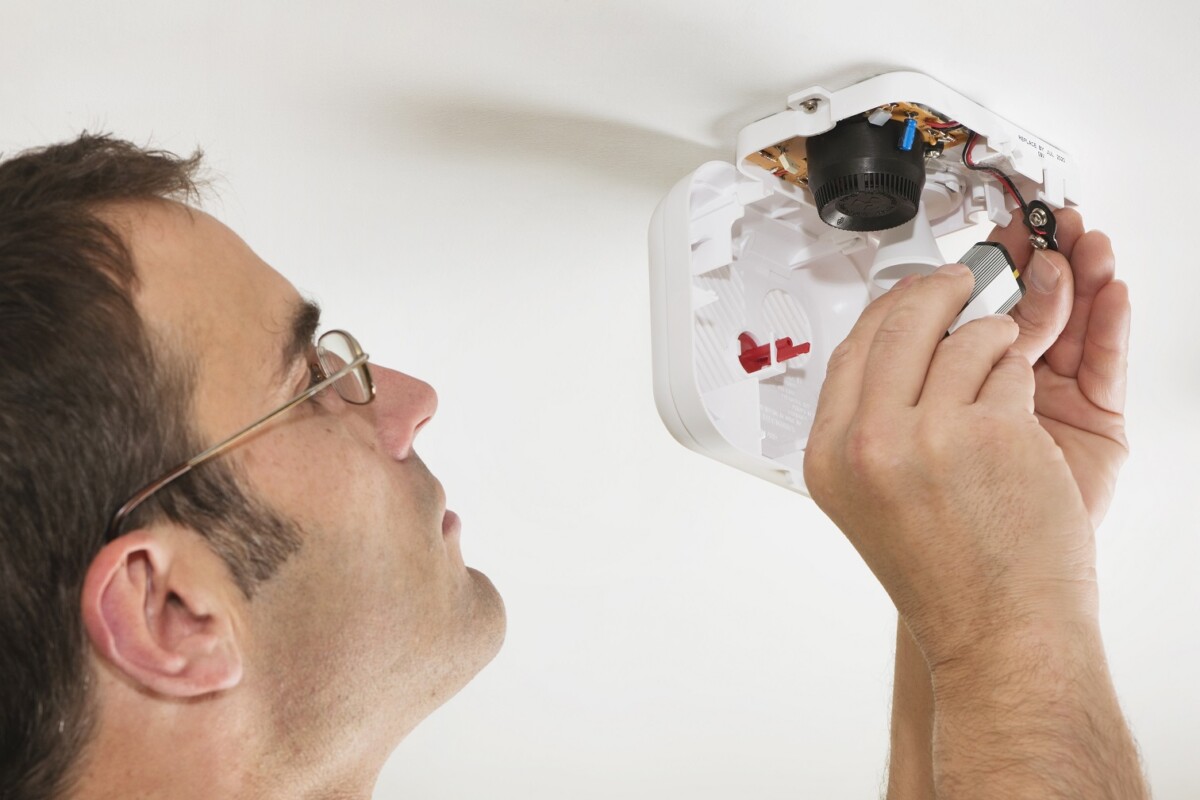2022 Building Code consultation decision
21 Jul 2023, Industry Updates, News

In May 2022, the Ministry of Building, Employment and Innovation (MBIE) opened a consultation on acceptable solutions and verification methods for complying with the Building Code. It previously announced decisions on hollow-core floors and lead in plumbing products. Now it has released its decision on plumbing and drainage, and protection from fire
The proposed changes for the 2022 consultation closed on 1 July 2022 and received over 100 submissions and comments. MBIE will be publishing the revised documents in November 2023, and says it has announced its decisions before publication “to provide certainty and direction to the sector.”
Under Construction previously reported on the changes to the Building Code for lead in plumbing products and hollow-core floors.
Plumbing and draining
The changes for plumbing and draining focus on complying with Building Code clauses:
- E1 Surface Water – Disposal of rainwater and protecting property from damage caused by surface water.
- G12 Water Supplies – Requires the safe supply, storage, reticulation and delivery of hot and cold water.
- G13 Foul Water – Requires the safe disposal of foul water to prevent illness and the loss of amenity due to odour and accumulated matter.
MBIE says the changes are a step towards modernising compliance pathways to include technical innovation, promoting consistent outputs and addressing technical issues and gaps within existing compliance pathways.
Water temperatures
The changes include amending Acceptable Solutions G12/AS1 to reduce the maximum temperature of hot water at the tap to 50°C from 55°C. The change will apply to new plumbing fixtures used for personal hygiene, such as hand basins, baths and showers. For buildings with an existing maximum hot water delivery temperature of 45°C, such as hospitals or aged care facilities, the maximum deliverable temperature will remain the same.
As part of the change, MBIE will clarify the difference between minimum storage water temperature for hot water and the maximum delivery temperature for hot water.
Protection of potable water MBIE is also amending Acceptable Solutions G12/AS1 to improve the requirements to protect potable water from backflow contamination.
“The proposed changes will improve clarity around when backflow prevention is required, what type of backflow prevention devices are suitable and how these devices should be installed and tested,” says MBIE.
Changes include clarifying that hose connection vacuum breakers are only suitable for low, cross-connection hazard protection, withdrawing the proposal to limit the need for backflow prevention devices, as well as other clarifications for high hazards, medium hazards and low hazards.
MBIE is also amending Acceptable Solutions G12/AS1 “to fill in gaps in this compliance pathway, address issues raised by building consent authorities and industry bodies, and to provide more ways for building water supply systems to comply with the Building Code”.
AS/NZS 3500 plumbing and drainage standards
The 2021 editions of AS/NZS 3500 Plumbing and drainage Standards as acceptable solutions for complying with clauses E1 Surface Water, G12 Water Supplies and G13 Foul Water will be cited with a 12-month transition period.
Water supply system components
MBIE will proceed with changes to Acceptable Solutions G12/AS1 to fill gaps in the compliance pathway for plumbing components in water supply systems.
However, MBIE will not proceed with proposals that presented challenges with expansion vessels and water pressure.
Plumbing and drainage system material standards
E1, G12 and G13 acceptable solutions will be amended to cite new standards.
Resolving conflicts and editorial changes
The Building Code has multiple editorial issues across various documents. As part of the changes, those errors will be identified and corrected.
Decisions on protection from fire
Following the consultation, MBIE has decided to amend Acceptable Solutions C/AS1, C/AS2, F7/AS1 and Verification Method C/VM2.
“The changes are intended to increase the protection of people in residential homes from fire, and bring the requirements for fire safety systems in line with the latest industry standards,” said MBIE.
The Building Code will now require interconnected smoke alarms as the minimum fire safety system in each household unit.
However, MBIE withdrew the proposal relating to the protection of other property and the control of internal and external fire spread.
Fire system systems
MBIE will proceed with proposed changes to Acceptable Solutions C/AS1, C/AS2, F7/AS1 and Verification Method C/VM2. New versions of the standards can be found on Standards New Zealand’s website and used as an alternative solution to comply with Code regulation.
Register to earn LBP Points Sign in



